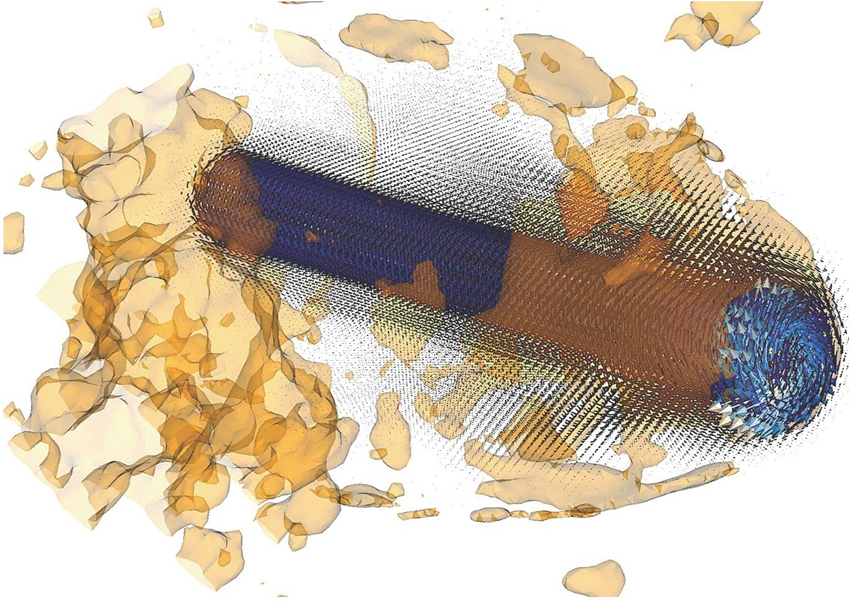
PhD Thesis defenses
On the 14th of November, at 11:00 h, in the Lise Meitner Hall of the Faculty of Physics, Burjassot, will take place the defence of the Doctoral Thesis carried out by Jose López Miralles, under the direction of doctors Manel Perucho Pla, Simone Migliari and Jose María Martí.
Abstract:
X-ray binaries are fascinating stellar binary systems that consist of a compact object as a neutron star or a stellar-mass black hole, in close orbital separation with a companion normal star. These systems are detected at all wavelengths across the electromagnetic spectrum, rom radio in radio emitting binaries -also called microquasars in this case-, to X-rays and γ−rays. Accretion is a fundamental process in X-ray binaries, where the companion star transfers matter onto the compact object. As the material spirals inwards towards the core, it leases ravitational potential energy, which is eventually converted into X-ray emission. This accretion-powered X-ray emission is a defining characteristic of X-ray binary systems and provides remarkable insights into the powerful physical processes occurring in these systems. Moreover, most XRBs fuel powerful bipolar relativistic outĆows, where a significant fraction of the accreting matter is ejected with velocities close to the speed of light. These ejections, called relativistic jets, can propagate up to large distances and interact with the interstellar medium very far from the core of the binary, so jets are the main way by which these systems provide feedback with its environment. This thesis presents a comprehensive study of the propagation of relativistic outflows in X-ray binaries, together with the accretion physics that powers them, by combining numerical simulations and X-ray data analysis to unravel the underlying fundamental mechanisms and physical properties of these fascinating high-energy phenomena. The first part of this research focuses on the development of state-of-theart numerical simulations to model relativistic outflows in these systems. By employing advanced computational techniques in high performance computing, we aim to accurately model the dynamics of the outflows and to reproduce x their observed features. To this objective, we developed a new computational tool named lostrego, a code that solves the equations of special relativistic magnetohydrodynamics in Cartesian coordinates. The development of this code, where we implemented the most advanced capabilities, physical modules and numerical methods in the field, is extensively validated in the thesis. Using this code, a bunch of simulations of a relativistic outĆow interacting with the powerful stellar winds driven by the massive companion were performed, considering for the first time in the context of microquasars the dynamical evolution of magnetic fields. These type of simulations, including a more complex setup, were also performed in the context of the microquasar SS 433, one of the most powerful and exotic star system in the Galaxy. In the second part of the thesis, we turn our attention to X-ray data analysis of observations from X-ray binaries. By employing timing and spectral data analysis techniques, we explored the characteristics of the X-ray emission and investigated the correlations between these properties with the underlying physical processes driving the outflows, which occur deep in the strong gravitational field of the compact object. Two systems were analysed in the thesis: the gamma-ray binary LS I+61 303, where we analysed the whole RXTE/PCA archival data of the source, and the neutron star X-ray binary Scorpius X-1, which was observed for the first time with the NICER observatory, a detector onboard the International Space Station. The findings of this thesis enhance our understanding of relativistic outflowsin microquasars. The synergistic approach of numerical simulations and X-ray data analysis provides a comprehensive framework for studying these enigmatic phenomena. Furthermore, the knowledge gained from this research has implications for a range of astrophysical phenomena involving compact objects, including active galactic nuclei -as also shown in the thesis-, pulsar wind nebulae and gamma-ray bursts.






